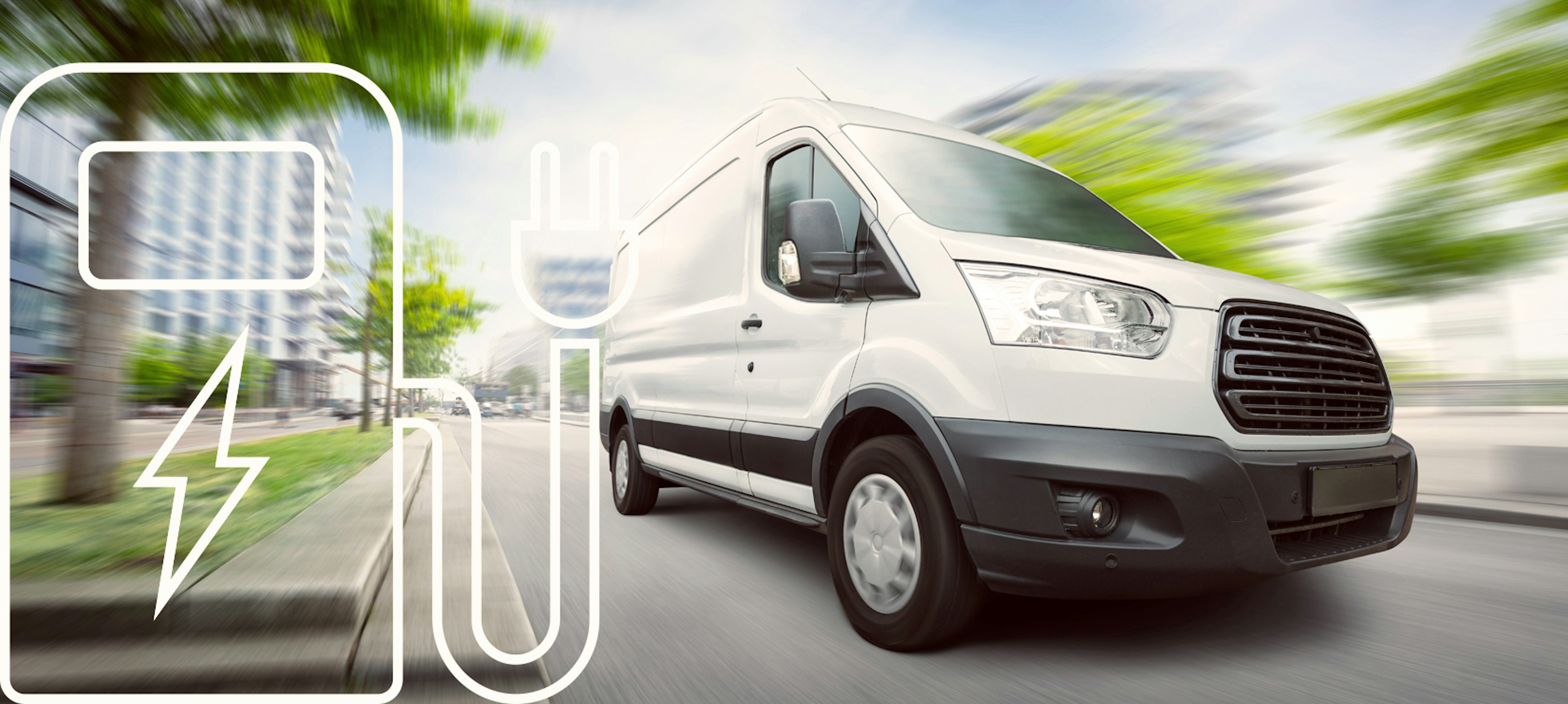Business owners that require their fleet vehicles to haul products have never had a viable electric equivalent to replace their combustion work trucks and vans—until now. While there have historically been options to do a retrofit or alternative fuel conversion to an existing truck or van, original equipment manufacturer (OEM) participation is now moving the market forward. The reality of an all-electric, revenue-generating commercial fleet is on the horizon.
Most OEMs have been working toward making electrified fleets a reality for the past few years, but today, the rate to market is speeding up, as OEMs partner with corporations with zero-emission goals such as FedEx and Amazon.
Now is the time to start planning for fleet electrification. Not sure where to start? This list of electric trucks and vans that are expected to hit the market in the next two years can help. One of these may become your fleet’s newest addition.
Electric cargo vans
Electric cargo vans offer the benefit of not only fuel savings, but up to 40 percent savings in maintenance costs. Additionally, they offer an opportunity for fleet owners to “walk the walk.” If your company sells energy-efficient HVAC or solar energy solutions, going electric is an opportunity to showcase your environmental commitment to your customers.
Electric cargo vans are typically useful for two purposes: as a vehicle to make last mile deliveries, and as work vans. Last mile delivery vans offer top-notch maneuverability. Electric work vans can give drivers the ability to plug light-duty tools directly into their van to charge, eliminating the need to haul heavy power generators.
Learn more about the specifics of the electric vans coming to market in the next two years, as well as their pros and cons:
Ford E-Transit*
Numbers for the low roof option
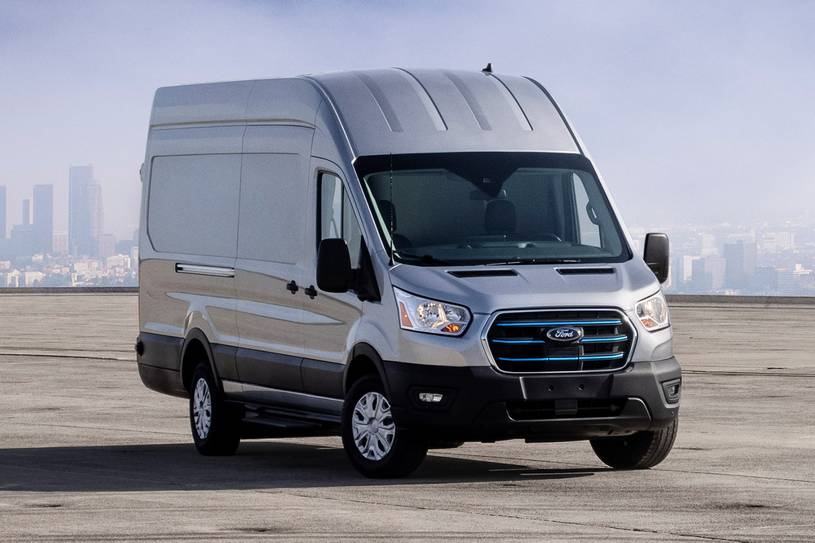
Range: 126 miles
Payload: 3,800 pounds
Cargo volume: Up to 536.4 cubic feet
Cost: $55,000+ with a $7,500 tax credit
Launch: In production now*
Highlights: Because Ford is a known and trusted manufacturer, fleet owners with the E-Transit will have an established dealer and service network to turn to if they hit any bumps in the road. Additionally, these vehicles will include Ford Pro technology, a connected network that sends alerts about charging information, telematics and more.
The E-Transit is available in eight different body types including three roof heights, three lengths, cab chassis and, a cutaway option. Existing upfit equipment designed for the Transit will work with its electrified equivalent.
What to watch out for: Before acquiring any electric vehicle (EV), make sure you are aware of daily mileage requirements; However, most fleets average 75 miles or less per day, so this vehicle serves the majority of applications. If you typically use pickups for towing or find yourself frequenting hills in extreme weather conditions, you may want to wait before investing in the first model of a Ford E-Transit.
If you need to charge on-the-go, connected built-in navigation will show you the nearest public charging station. With a fast charging capability, 45 miles can be added to your range in just 15 minutes.
BrightDrop Zevo 600

Range: 250 miles
Payload: 2,200 pounds
Cargo volume: Up to 614.7 cubic feet
Cost: Must request info
Launch: In production now
Highlights: An enhanced security system comes standard, including motion sensors, a large sliding bulkhead door with an auto-locking mechanism, and motion-activated interior LED lighting. The Zevo 600 model isn’t exclusively designed for delivery fleets — with the largest cargo volume of all, its setup is versatile enough to be used by electricians, plumbers or HVAC technicians. BrightDrop is part of GM, a solid manufacturer.
What to watch out for: The Zevo 600 is available in a 9,990 pound Gross Vehicle Weight Rating (GVWR) variant or a 11,000 pound GVWR variant to provide flexibility based on your fleet operations requirements.
RAM ProMaster EV
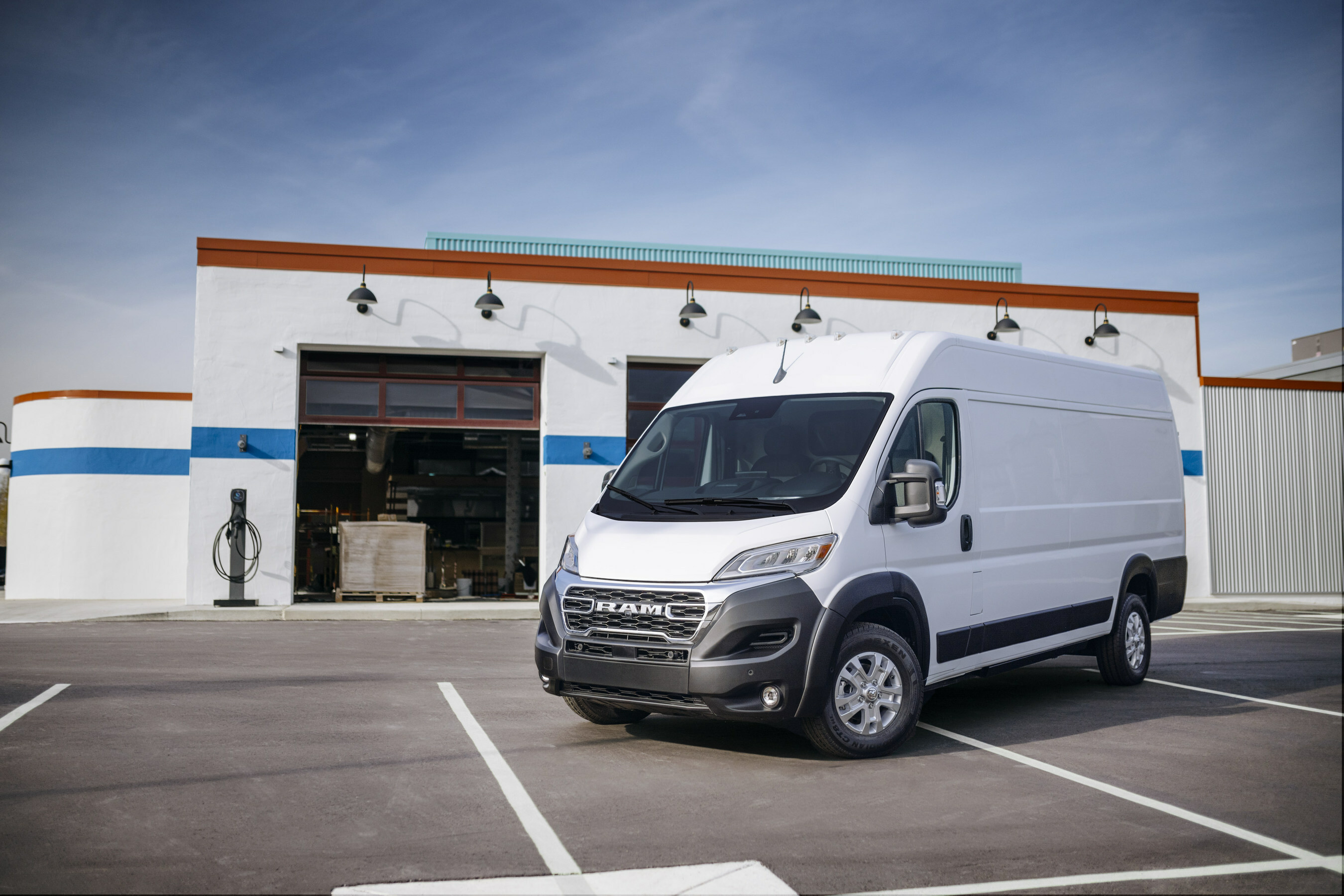
Range: 162 miles in city driving
Payload: 2,030 (delivery) to 3,020 (cargo) pounds
Cargo volume: 524 cubic feet (cargo)
Cost: $69,000 (delivery) to $86,995 (cargo) with a tax credit to be announced*
Launch: In production now
Highlights: The MY2024 ProMaster EV is only offered in a ProMaster 3500, high roof with 159” wheel base in a delivery van body configuration. With RAM boasting that it's "the most advanced ProMaster ever made", the ProMaster EV includes the One Pedal Driving Mode and safety features such as automated emergency braking, rear cross-traffic alert, and adaptive cruise control.
What to watch out for: Future variants will include different roof heights for cargo vans, as well as passenger vans and cab chassis models. The cargo van configuration is expected to hit the market in 2025.
Mercedes Benz eSprinter
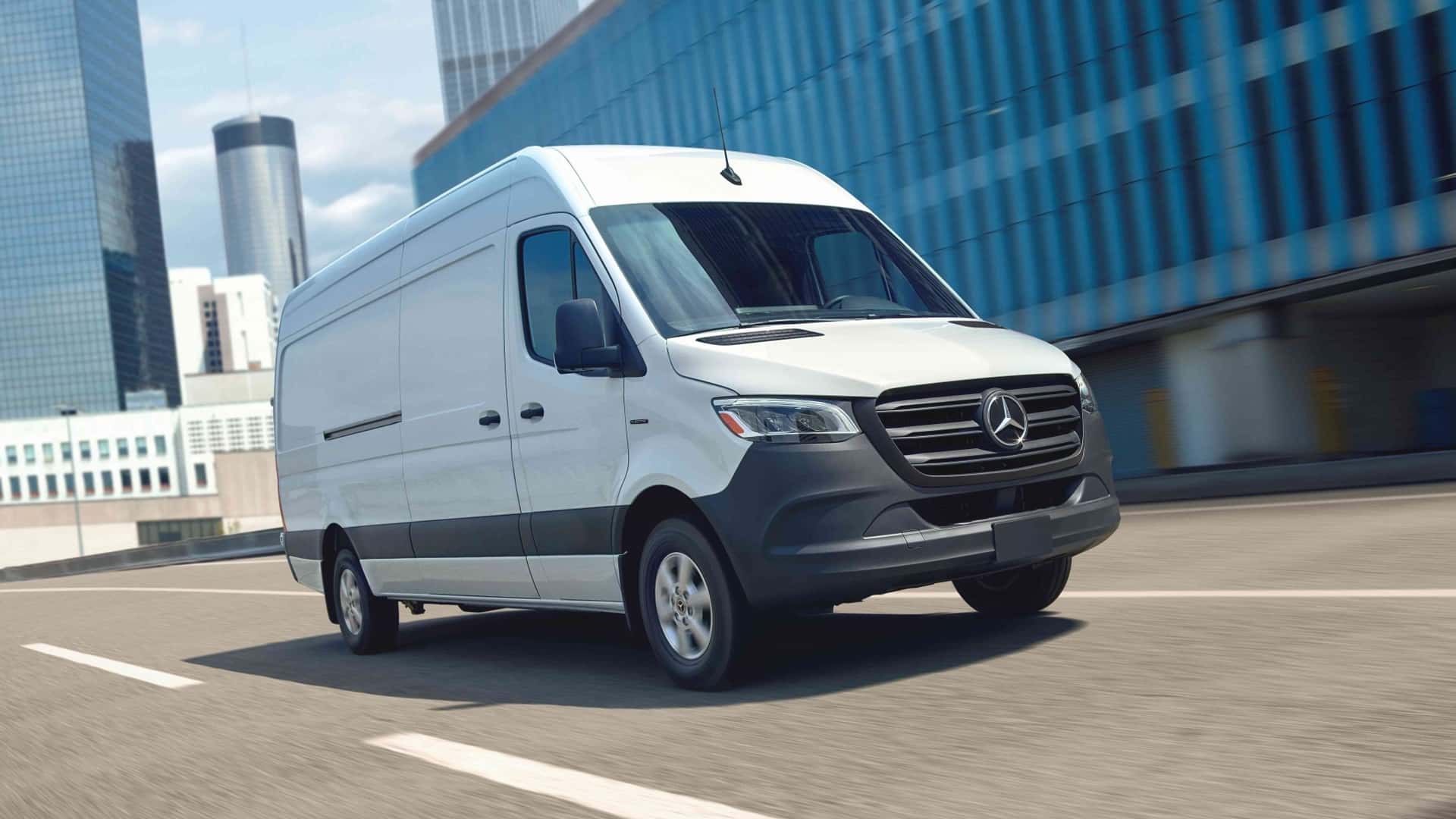
Range: 273 miles Payload: 2,624 pounds Cargo volume: 488 cubic feet Cost: $74,181 to $77,611 with a tax credit to be announced* Launch: In production now
Highlights: The MY2024 variant is only offered as a high-roof cargo van, with the only difference being either a low or high horsepower output. The eSprinter also offers a heated windshield, folding mirrors, an electric sliding door, a voice controlled assistance, and a digital rearview mirror.
What to watch out for: Future variants will include different roof heights for cargo vans, as well as passenger vans and cab chassis models. For any companies looking for extra power, invest in the high horsepower variant, especially as the top speed limit on this vehicle is 75 MPH.
Electric pickup trucks
Despite electric cars being widely available since 2010, electric pickup trucks had yet to hit the market until now — especially surprising since pickup trucks make up more new-car sales in the U.S. than any other type of vehicle.
There are many advantages to electrifying your fleet’s pickup trucks. First, since there is no internal combustion engine in the front of the vehicle, that space can be used to store extra cargo like cement bags or other necessary job equipment. Second, electric pickup trucks can idle for long periods of time, making it ideal not only for plugging in tools and laptops, but also as a de facto work station between stops. Second, electric pickup trucks can idle for long periods of time, making it ideal not only for plugging in tools as well as laptops, but also as a de facto work-station between stops.
Here are some of the top electric pickup trucks to consider for your fleet:
Ford F-150 Lightning
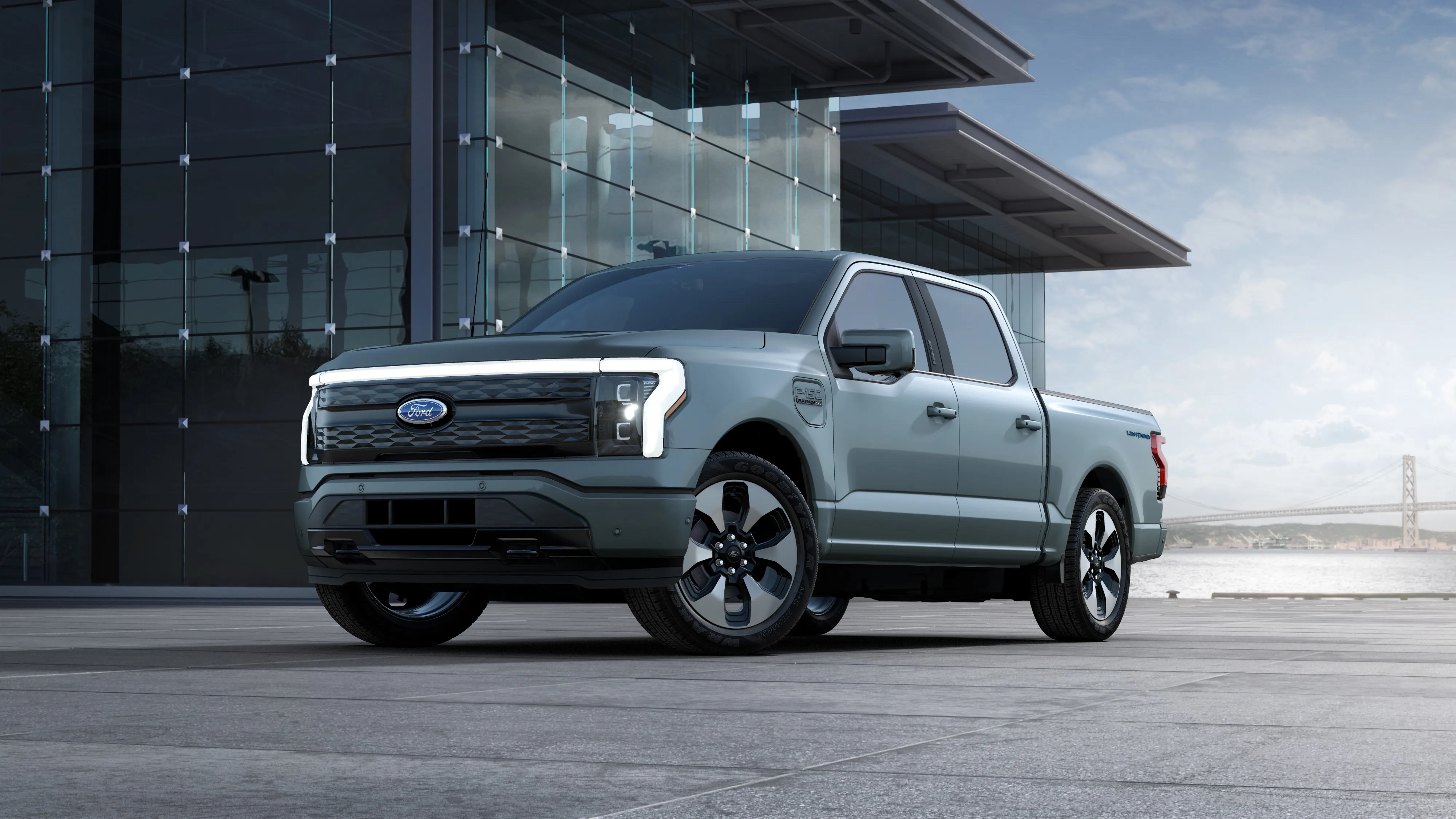
Range: 240, or 320 with extended range battery (extra cost)
Payload: 2,000 pounds in the bed + 400 pounds in the mega power front trunk (frunk)
Cost: Starting price $47,000 with a $7,500 tax credit*
Launch: In production now
Highlights: As a known and trusted manufacturer, Ford’s electric pickup is significantly more affordable than their competitors’ electric trucks. And if you like the classic “look” of a combustion F-150, the F-150 Lightning will appear almost exactly the same from the outside. This is ideal for reasons beyond aesthetics. It means that if you have equipment (such as a ladder rack) that’s designed to fit your combustion F-150, it can easily be repurposed to a F-150 Lightning, saving you money on upfit costs.
What to watch out for: For now, the F-150 Lightning will only be available in one configuration: a crew cab with the full four doors and a short bed (as this is 80 percent of F-150 orders the past few years). If you are looking for an electric version of cab chassis without a truck bed, you may be out of luck for a few years.
Chevrolet Silverado EV WT
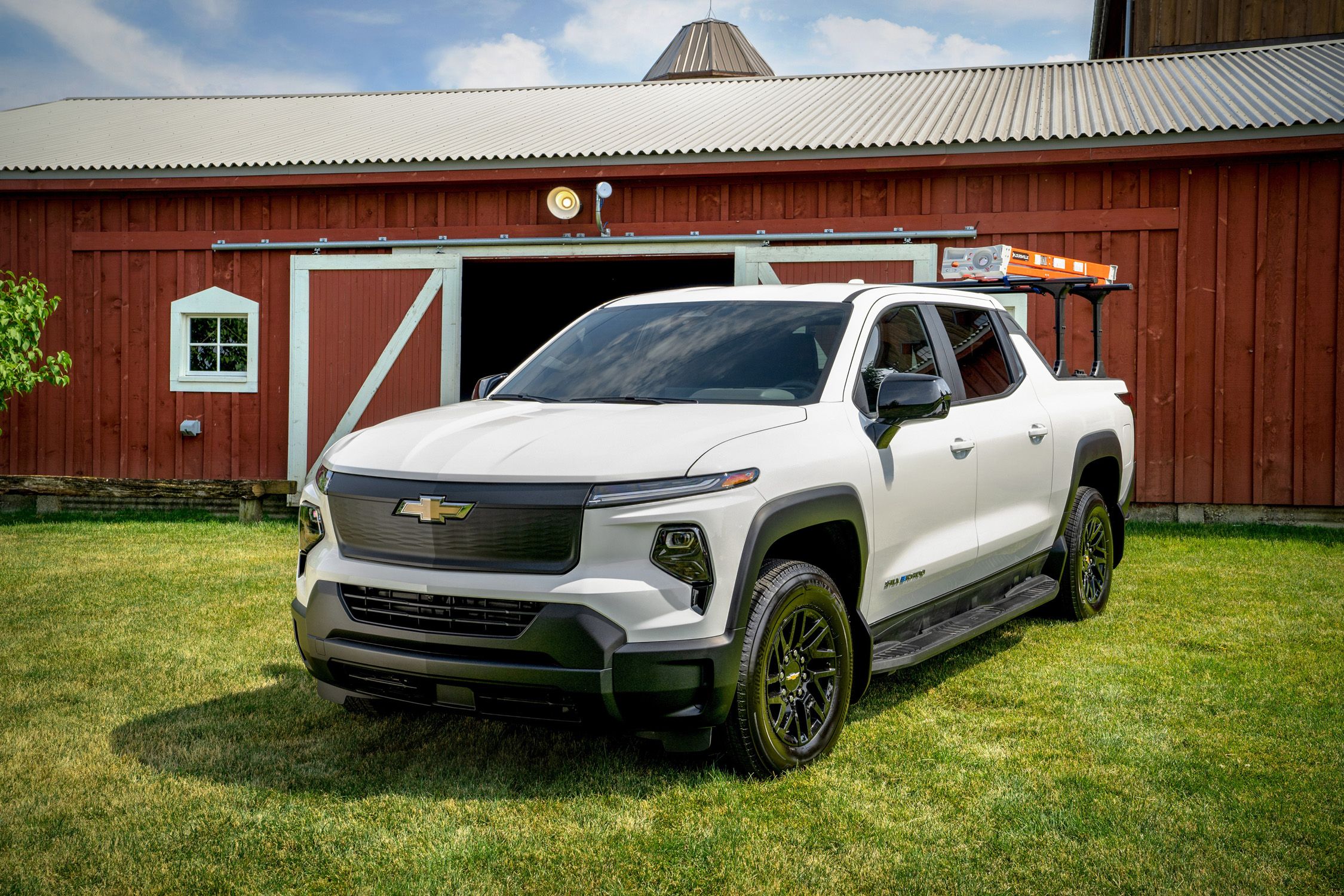
Range: 393 (3WT) or 450 (4WT) miles
Payload: 1,750 pounds (3WT) or 1,400 pounds (4WT) in the bed, along with an additional 10.7 cubic feet in the eTrunk
Cost: $74,800 (3WT) to $78,400 (4WT) with a tax credit to be announced*
Launch: In production now for fleet customers; retail release begins Summer 2024
Highlights: With its cheapest model meant for work sites, the Chevy Silverado EV WT is not quite as affordable as Ford, but it offers more battery mileage for fleets on the move. With an aerodynamic design with a front trunk known as the eTrunk, the ability to fold the wall between the bed and backseat, and various chargers in the bed and eTrunk, it offers a fair amount of storage space for all types of equipment, as well as a way to plug that equipment in for use.
What to watch out for: The Silverado EV WT comes in two specs with two key differences. The 3WT offers less range, but can tow and haul heavier loads. The 4WT offers the opposite - less tow power, but a higher mileage range.
RAM 1500 REV
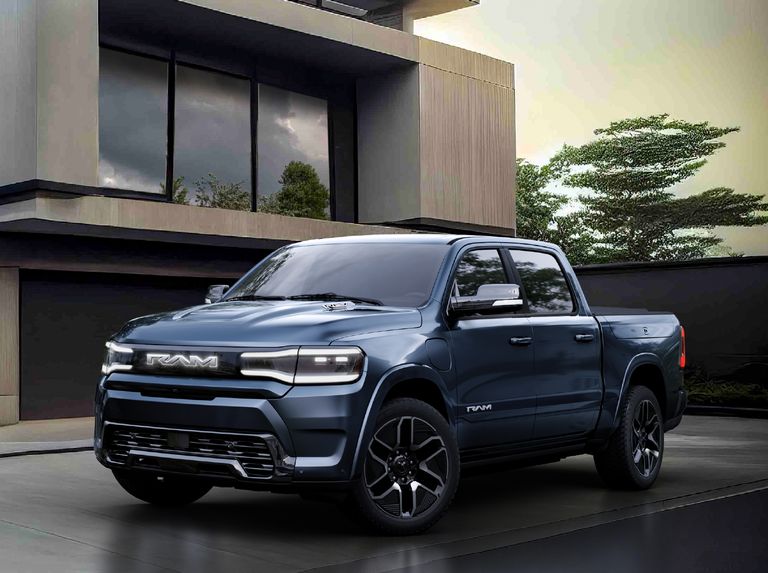
Range: 350 miles with standard battery pack
Payload: 2,700 pounds + frunk with an additional 15 cubic feet
Cost: To be announced
Launch: In production now; expected Q4 2024
Highlights: The RAM 1500 REV will offer 360-degree cameras with digital side-view mirrors, Hands-Free Active Driving Assist, and just like its van counterpart, One Pedal Driving Mode for regenerative braking. It will also feature "Shadow Mode", which allows the truck to accompany its driver around a work site. Finally, the RAM offers the "frunk hole", a way to store items up to 18 feet long from trunk to frunk.
What to watch out for: The RAM 1500 REV will be available in five trims: Tradesman, Big Horn/Lone Star, Laramie, Limited, and the all-new Tungsten. RAM is also offering an optional battery pack that will give the REV an additional 150 miles, adding up to a 500-mile range.
Are electric vans and trucks worth the investment?
If you buy a new electric van or truck, you might spend around $4,500 more up front. However, let’s assume you typically spend about $3,000 on gasoline each year. That fuel cost would be replaced with a charging spend of about $500, saving you $2,500. In less than two years, your initial up-front cost could be covered.
That’s not even factoring in how much you’d also save on oil changes and other maintenance costs which are estimated at up to a 40 percent savings — or the added benefit it gives your company image to have a fleet of EVs. To figure out if an EV is right for your fleet, first calculate how long it will take to make up that initial up-front cost. For many clients, it’s made up in the first year of ownership.
What's next?
While we’re still in the transition phase for electric trucks and vans, they’ll be here before you know it.
At Mike Albert Fleet Solutions, we take pride in monitoring these details for you. Our team of electric vehicle experts, combined with our commitment to being upfit-focused, means we take great strides to create the perfect vehicles for our clients.
If you’re interested in EV technology, we can find the right vehicle fit and the optimum upfit solution for you. Contact us for a free fleet consultation today.
*$7,500 refers to federal tax credits, visit https://fueleconomy.gov/feg/tax2023.shtml to confirm availability based on the year, make and model. State and local tax incentives could mitigate costs even further. As an example, California incentives can be found at https://californiahvip.org/vehiclecatalog/.
*Inflation Reduction Act 2022 revised conditions and qualifications may impact Incentive availability and your personal / business application
Skills covered in the class
Fleet Electrification
Vehicle Specification
Driver Retention
Operational Efficiency
Did you enjoy this class?
Share it with your organization and colleagues.
Sign up for our newsletter for the latest information about the fleet industry.
Sign up for our newsletter for the latest information about the fleet industry.
